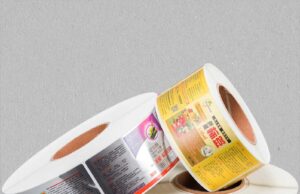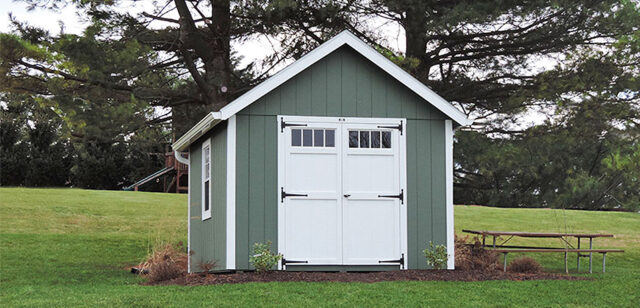
Before deciding on the size of your shed, it’s crucial to understand your storage needs. Are you storing large equipment like lawnmowers or just garden tools? Assess the items you plan to store, considering both their size and quantity. Remember, a shed that’s too small can lead to clutter, while an oversized shed unnecessarily increases costs.
Size Matters
The most cost-effective shed size often falls within the range of 8×10 to 12×16 feet. These Riverside Shed Kit dimensions provide ample space for most storage needs without being excessively large. Larger sheds not only require more materials but may also need building permits, adding to the expense. Smaller sheds, although cheaper, might not offer the space you need, leading to additional costs in the future if an extension or new shed is required.
Material Choices
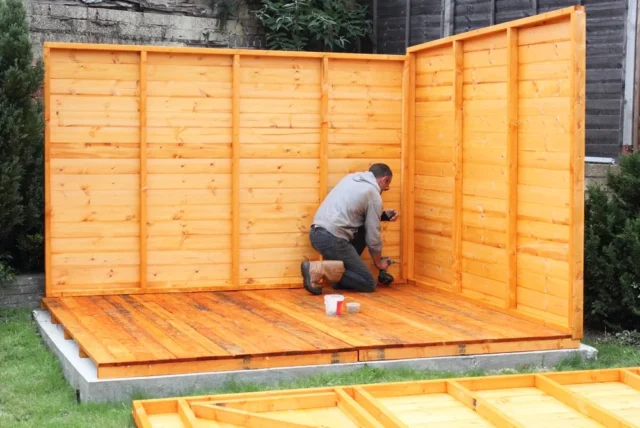
The material of your shed impacts cost significantly. Wood, although aesthetically pleasing, can be expensive and requires maintenance. Metal sheds are durable and low maintenance but can be more costly upfront. Plastic sheds offer a balance between cost, maintenance, and durability. Consider the climate in your area when choosing materials; some materials are better suited for certain weather conditions than others.
DIY vs. Professional Build
Building the shed yourself can save labor costs, but only if you have the necessary skills and tools. Mistakes can be costly, so evaluate your DIY abilities realistically. Hiring professionals might seem expensive initially, but their expertise can ensure a durable and well-constructed shed, saving money in the long run on repairs and maintenance.
Location and Foundation
The location of your shed affects cost. Building on uneven ground or areas that require significant preparation can increase expenses. Also, consider the type of foundation. A concrete foundation is more expensive than gravel or wood, but it offers better stability and durability, especially for larger sheds.
Maximizing Space Efficiency
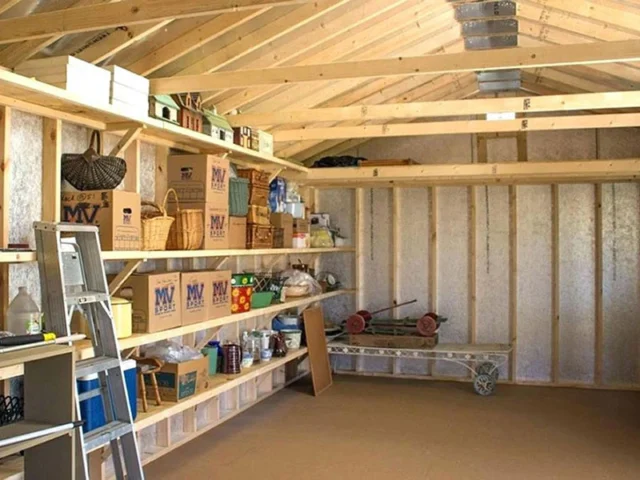
Design your shed to maximize space. Install shelves, hooks, and racks to utilize vertical space. Efficient use of the internal space can make a smaller, more cost-effective shed just as functional as a larger one. Consider foldable workbenches or multipurpose features to enhance space utilization.
Long-Term Considerations
Think long-term when planning your shed. A slightly larger investment in durable materials and quality construction can save you money in repairs and replacements. Also, consider the shed’s potential impact on your property value. A well-built and aesthetically pleasing shed can increase property value, while a poorly constructed one might detract from it.
Permits and Regulations
Check local building codes and homeowners association rules before building your shed. Failure to comply with these can result in fines or being forced to dismantle the shed. Permit costs and regulations may also influence the size and type of shed you can build.
Resale Value and Adaptability
Consider the resale value and adaptability of your shed. A well-designed and versatile shed can be an attractive feature for future buyers. Also, think about how your needs might change over time and if the shed can be adapted or expanded.
Energy Efficiency and Eco-Friendliness
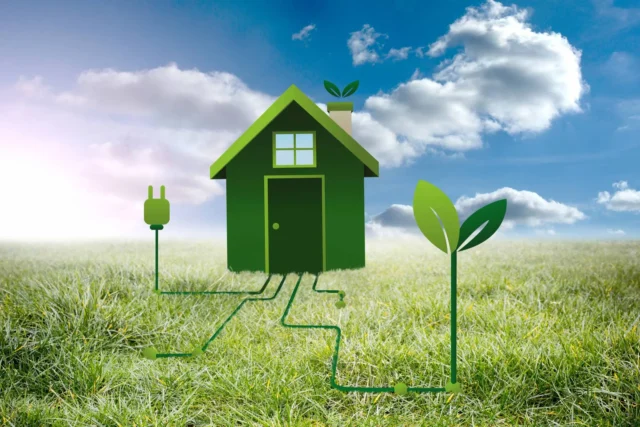
Consider energy-efficient designs and eco-friendly materials. Insulation, natural light, and ventilation can make your shed more comfortable and reduce the need for electric lighting and climate control. Using recycled or sustainable materials can also be cost-effective and environmentally friendly.
Balancing Budget and Quality
While affordability is important, don’t compromise on quality. Opting for the cheapest materials and labor can lead to higher costs in maintenance and repairs. Research various suppliers and contractors to find the best balance between cost and quality. Remember, a well-constructed shed with quality materials can last many years, making it more cost-effective in the long run.
Customization vs. Pre-fab Options
Consider the pros and cons of custom-built versus pre-fabricated sheds. Custom sheds offer the advantage of being tailored to your specific needs and space, but they are usually more expensive. Pre-fab sheds are generally more affordable and quicker to install, but they offer less flexibility in terms of design and size. Assess your needs and preferences to decide which option is more cost-effective for you.
Maintenance and Upkeep
Factor in the cost of maintenance and upkeep. Different materials require different levels of maintenance. For example, wood may need regular painting or staining to prevent rot and pest damage, while metal might require less upkeep. The long-term costs of maintaining your shed can significantly impact its overall cost-effectiveness.
Utility and Power Considerations
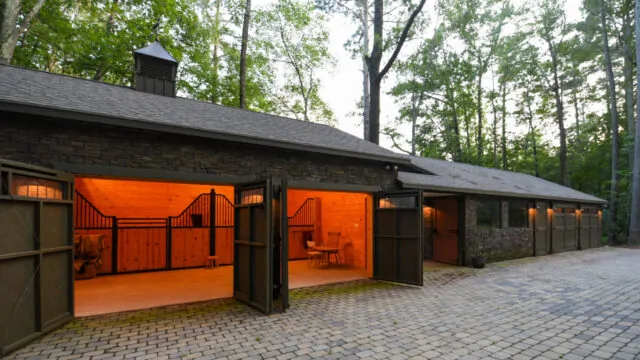
If you plan to use the shed for activities requiring power, such as a workshop, consider the cost of wiring and electricity. Solar panels might be an initial investment but can provide long-term savings. Similarly, installing windows for natural light can reduce the need for artificial lighting, cutting down on electricity costs.
Climate and Weather Resistance
The climate in your area can greatly influence the most appropriate and cost-effective shed type. In areas with heavy snowfall, a stronger, more durable roof is essential. For humid climates, materials resistant to moisture and mold are preferable. Choosing a shed design and materials suited to your climate can prevent costly weather-related damages.
Security Features
If storing valuable items, consider the cost of security features. Simple additions like sturdy locks and security lights can deter theft. More advanced options like alarms or surveillance cameras add to the cost but provide peace of mind and protection for your belongings.
In summary
Building the most cost-effective shed involves a careful balance of size, materials, construction methods, and additional features. It’s important to tailor the shed to your specific needs while considering factors like long-term durability, maintenance, and the impact of local climate and regulations. By carefully planning and considering these factors, you can ensure that your shed is not only affordable but also a valuable addition to your property.
The most cost-effective shed size depends on individual needs but generally falls within 8×10 to 12×16 feet. Material choice, construction method, location, and design efficiency play significant roles in determining cost-effectiveness. Considering long-term factors like durability, property value impact, and adaptability ensures that your investment is not only cost-effective but also valuable in the long run.




